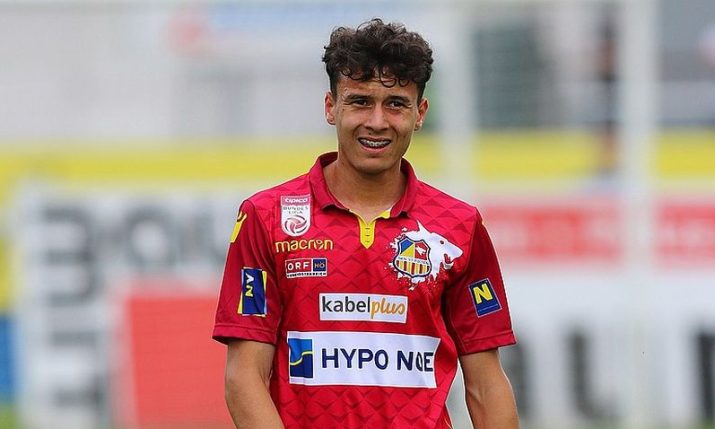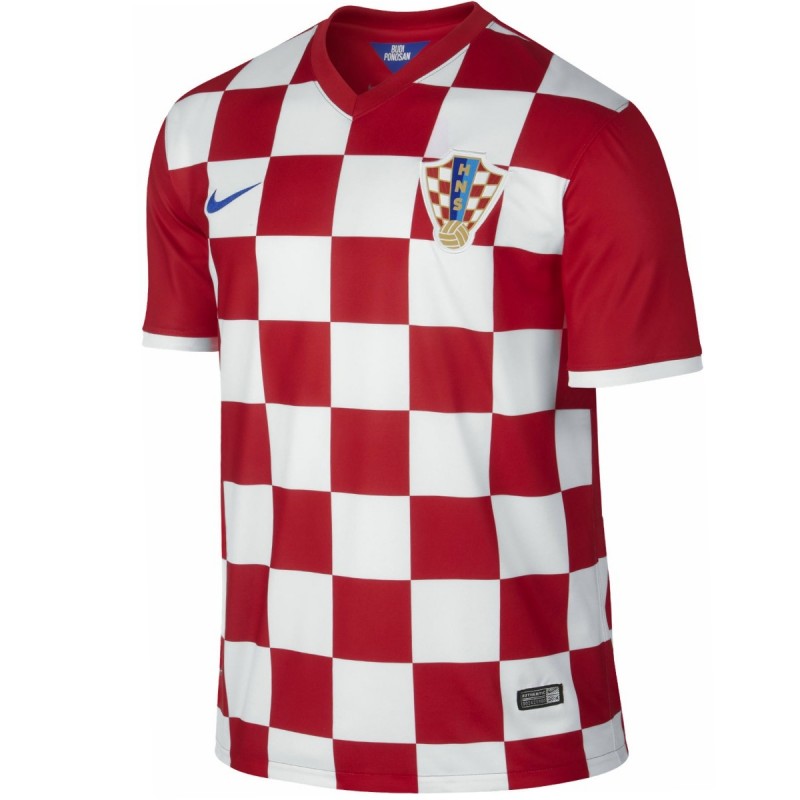“How Football Changed in Croatia: A Journey of Passion, Resilience, and Transformation
Related Articles How Football Changed in Croatia: A Journey of Passion, Resilience, and Transformation
How Football Changed in Croatia: A Journey of Passion, Resilience, and Transformation

Football holds a special place in the hearts of Croatians. More than just a sport, it’s a symbol of national pride, unity, and resilience. The history of football in Croatia is intertwined with the country’s own struggles and triumphs, reflecting a journey of passion, determination, and remarkable transformation. From its early roots to its current status as a global powerhouse, Croatian football has undergone a fascinating evolution.
Early Beginnings and the Seeds of Passion (Late 19th Century – Early 20th Century)
The seeds of football in Croatia were sown in the late 19th century, mirroring the spread of the sport across Europe. The first football clubs emerged in Zagreb, with HAŠK (Hrvatski Akademiski Športski Klub) and PNIŠK (Prvi Nogometni I Športski Klub) leading the way. These early clubs were largely composed of students and intellectuals, who were captivated by the new and exciting game.
The early years were characterized by amateurism and a lack of formal structure. Matches were often organized spontaneously, and the rules were not always consistently applied. Despite these challenges, the passion for football grew rapidly, and the sport quickly gained popularity among the wider population.
The Interwar Period: Growth and Regional Rivalries (1918-1941)
Following the end of World War I, Croatia became part of the Kingdom of Serbs, Croats, and Slovenes (later Yugoslavia). This period saw the growth of football in the region, with the establishment of more clubs and the development of regional leagues. Croatian clubs such as Hajduk Split and Građanski Zagreb emerged as dominant forces, attracting large crowds and fostering intense rivalries.
Despite the progress made, Croatian football faced challenges during this period. The centralized Yugoslavian Football Association often favored clubs from Belgrade, leading to resentment and a sense of marginalization among Croatian clubs and fans. This sense of injustice would later play a role in shaping the national identity of Croatian football.
The Socialist Era: Success and Suppression (1945-1990)
After World War II, Croatia became part of the Socialist Federal Republic of Yugoslavia. The socialist regime brought both opportunities and challenges for Croatian football. On the one hand, the government invested in sports infrastructure and provided support for clubs, leading to improved facilities and training programs. On the other hand, the regime also sought to control and suppress any expressions of Croatian nationalism or independence.
Despite these constraints, Croatian clubs continued to thrive during the socialist era. Hajduk Split and Dinamo Zagreb (formerly Građanski) became two of the most successful clubs in Yugoslavia, winning numerous league titles and cups. These clubs also produced a generation of talented players who represented Yugoslavia at the international level.
However, the success of Croatian football during this period was often overshadowed by the political realities of the time. Croatian fans were often subjected to discrimination and harassment, and any displays of Croatian flags or symbols were strictly prohibited. This led to a sense of frustration and resentment among Croatian football supporters, who longed for the opportunity to express their national identity freely.
The Road to Independence: Football as a Symbol of National Identity (1990-1998)
The late 1980s and early 1990s were a period of profound political and social change in Yugoslavia. As the socialist regime weakened, calls for greater autonomy and independence grew louder, particularly in Croatia. Football played a significant role in this process, serving as a powerful symbol of national identity and resistance.
In 1990, Dinamo Zagreb fans clashed with Red Star Belgrade fans in a match that is widely regarded as a turning point in Croatian history. The riot, which took place at Maksimir Stadium in Zagreb, was a violent expression of the growing tensions between Croats and Serbs. The incident served as a catalyst for Croatian independence, and football became inextricably linked to the country’s struggle for freedom.
Following Croatia’s declaration of independence in 1991, the Croatian Football Federation was established, and the Croatian national team was formed. The team’s first official match was played in 1990 against the United States, marking a symbolic break from Yugoslavia.

The Croatian national team quickly became a source of national pride and unity. Led by legendary players such as Davor Šuker, Zvonimir Boban, and Robert Prosinečki, the team achieved remarkable success in its early years. In 1998, Croatia reached the semi-finals of the FIFA World Cup in France, defeating Germany in the quarter-finals. This achievement was a watershed moment for Croatian football, solidifying the country’s place on the world stage.
Post-Independence Era: Consolidation and Global Recognition (1998-Present)
The post-independence era has been a period of consolidation and growth for Croatian football. The Croatian league has become more competitive, and Croatian clubs have achieved success in European competitions. The national team has continued to be a force to be reckoned with, qualifying for numerous World Cups and European Championships.
In recent years, Croatian football has reached new heights. In 2018, Croatia reached the final of the FIFA World Cup in Russia, losing to France in a thrilling match. This achievement was a testament to the talent and dedication of Croatian players, as well as the passion and support of Croatian fans.
Key Factors Behind the Transformation
Several factors have contributed to the transformation of Croatian football:
- Passion and Dedication: Croatians have a deep love for football, and this passion is reflected in the dedication of players, coaches, and fans.
- Talent Development: Croatia has a strong tradition of developing talented young players. The country’s youth academies have produced a steady stream of world-class footballers.
- Strategic Investment: The Croatian Football Federation and the government have invested in sports infrastructure and training programs, creating a more professional and competitive environment.
- National Pride: Football has become a symbol of national pride and unity, motivating players to perform at their best and inspiring fans to support their team.
- Influence of Croatian Diaspora: The Croatian diaspora has played a significant role in the development of Croatian football, with many Croatian players and coaches having gained experience abroad before returning to contribute to the domestic game.
Challenges and Future Prospects
Despite its success, Croatian football faces several challenges:
- Limited Resources: Croatia is a small country with limited financial resources, which can make it difficult to compete with wealthier nations.
- Infrastructure: Some football stadiums and training facilities in Croatia are outdated and in need of renovation.
- Corruption: Like many other countries, Croatia has faced issues with corruption in football, which can undermine the integrity of the game.
- Brain Drain: Many talented Croatian players leave the country to play for wealthier clubs abroad, which can weaken the domestic league.
Despite these challenges, the future of Croatian football looks bright. The country has a strong foundation of talent, passion, and dedication. With continued investment in infrastructure, youth development, and good governance, Croatian football can continue to thrive and achieve even greater success in the years to come.
Conclusion
The history of football in Croatia is a story of passion, resilience, and transformation. From its humble beginnings to its current status as a global powerhouse, Croatian football has overcome numerous challenges and achieved remarkable success. The sport has played a significant role in shaping the national identity of Croatia, and it continues to be a source of pride and unity for the country’s people. As Croatian football looks to the future, it does so with a sense of optimism and determination, confident that it can continue to inspire and captivate the world.

